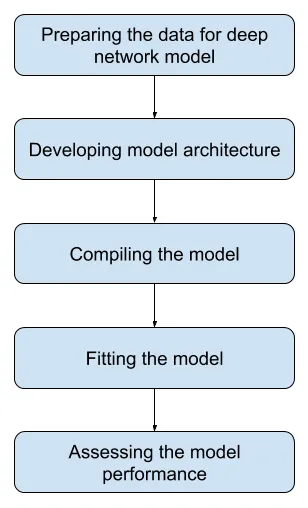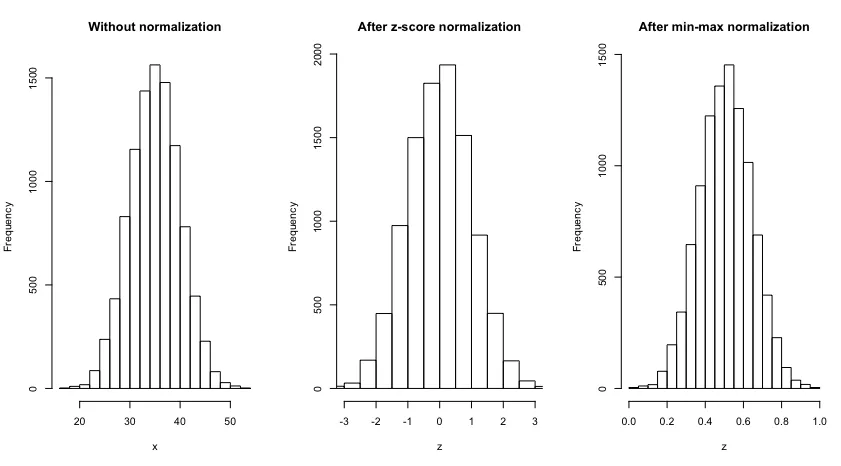
Advanced Deep Learning with R
Become an expert at designing, building, and improving advanced neural network models using R
Bharatendra Rai
- 352 pages
- English
- ePUB (mobile friendly)
- Available on iOS & Android
Advanced Deep Learning with R
Become an expert at designing, building, and improving advanced neural network models using R
Bharatendra Rai
About This Book
Discover best practices for choosing, building, training, and improving deep learning models using Keras-R, and TensorFlow-R libraries
Key Features
- Implement deep learning algorithms to build AI models with the help of tips and tricks
- Understand how deep learning models operate using expert techniques
- Apply reinforcement learning, computer vision, GANs, and NLP using a range of datasets
Book Description
Deep learning is a branch of machine learning based on a set of algorithms that attempt to model high-level abstractions in data. Advanced Deep Learning with R will help you understand popular deep learning architectures and their variants in R, along with providing real-life examples for them.
This deep learning book starts by covering the essential deep learning techniques and concepts for prediction and classification. You will learn about neural networks, deep learning architectures, and the fundamentals for implementing deep learning with R. The book will also take you through using important deep learning libraries such as Keras-R and TensorFlow-R to implement deep learning algorithms within applications. You will get up to speed with artificial neural networks, recurrent neural networks, convolutional neural networks, long short-term memory networks, and more using advanced examples. Later, you'll discover how to apply generative adversarial networks (GANs) to generate new images; autoencoder neural networks for image dimension reduction, image de-noising and image correction and transfer learning to prepare, define, train, and model a deep neural network.
By the end of this book, you will be ready to implement your knowledge and newly acquired skills for applying deep learning algorithms in R through real-world examples.
What you will learn
- Learn how to create binary and multi-class deep neural network models
- Implement GANs for generating new images
- Create autoencoder neural networks for image dimension reduction, image de-noising and image correction
- Implement deep neural networks for performing efficient text classification
- Learn to define a recurrent convolutional network model for classification in Keras
- Explore best practices and tips for performance optimization of various deep learning models
Who this book is for
This book is for data scientists, machine learning practitioners, deep learning researchers and AI enthusiasts who want to develop their skills and knowledge to implement deep learning techniques and algorithms using the power of R. A solid understanding of machine learning and working knowledge of the R programming language are required.
Frequently asked questions
Information
Section 1: Revisiting Deep Learning Basics
- Chapter 1, Revisiting Deep Learning Architecture and Techniques
Revisiting Deep Learning Architecture and Techniques
- Deep learning with R
- The process of developing a deep network model
- Popular deep learning techniques with R and RStudio
Deep learning with R
Deep learning trend

Versions of key R packages used
# Information from a Keras R session
sessionInfo()
R version 3.6.0 (2019-04-26)
Platform: x86_64-apple-darwin15.6.0 (64-bit)
Running under: macOS 10.15
Matrix products: default
BLAS: /System/Library/Frameworks/Accelerate.framework/Versions/A/Frameworks/vecLib.framework/Versions/A/libBLAS.dylib
LAPACK: /Library/Frameworks/R.framework/Versions/3.6/Resources/lib/libRlapack.dylib
Random number generation:
RNG: Mersenne-Twister
Normal: Inversion
Sample: Rounding
locale:
[1] en_US.UTF-8/en_US.UTF-8/en_US.UTF-8/C/en_US.UTF-8/en_US.UTF-8
attached base packages:
[1] stats graphics grDevices utils datasets methods base
other attached packages:
[1] keras_2.2.4.1
loaded via a namespace (and not attached):
[1] Rcpp_1.0.2 lattice_0.20-38 lubridate_1.7.4 zeallot_0.1.0
[5] grid_3.6.0 R6_2.4.0 jsonlite_1.6 magrittr_1.5
[9] tfruns_1.4 stringi_1.4.3 whisker_0.4 Matrix_1.2-17
[13] reticulate_1.13 generics_0.0.2 tools_3.6.0 stringr_1.4.0
[17] compiler_3.6.0 base64enc_0.1-3 tensorflow_1.14.0
Process of developing a deep network model

Preparing the data for a deep network model


Developing a deep learning model architecture
# Model architecture
model <- keras_model_sequential()
model %>%
layer_dense(units = 8, activation = 'relu', input_shape = c(21)) %>%
layer_dense(units = 3, activation = 'softmax')